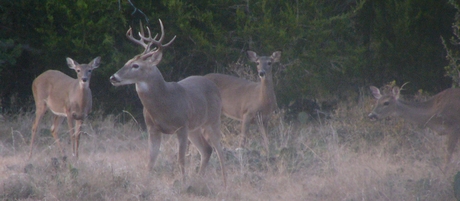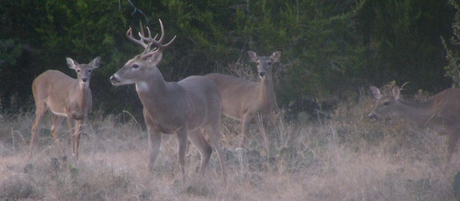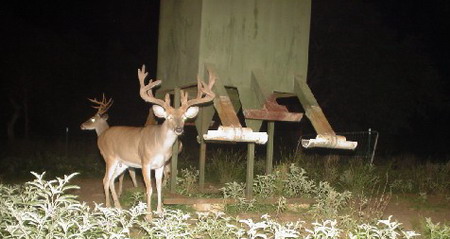A review of offerings at sporting goods stores reveals a myriad of products designed and marketed to attract deer to the hunter. Products, of course, fall into several categories, including food, dietary supplements, calls, decoys, musk and/or scents. Many of these products claim to deliver monster bucks for some unknown reason to anyone who applies them in the prescribed manner at the right time.
Although most products help a hunter increase their chances of success, this success is dependent upon the hunter understanding deer and how they react to nature and other influences. With this is mind, this article focuses on the various “supplemental” attractants used to attract white-tailed deer.
In Texas, it’s legal to hunt deer over a baited area, but hunting adjacent a feeder is not a perfect science. Deer will walk through scattered corn to get to a tree that is dropping acorns every time. Furthermore, deer may not even make themselves visible when habitat conditions are great – all while a mountain of corn grows under your feeder. Continue reading “Attracting Whitetail Deer With Supplements”


